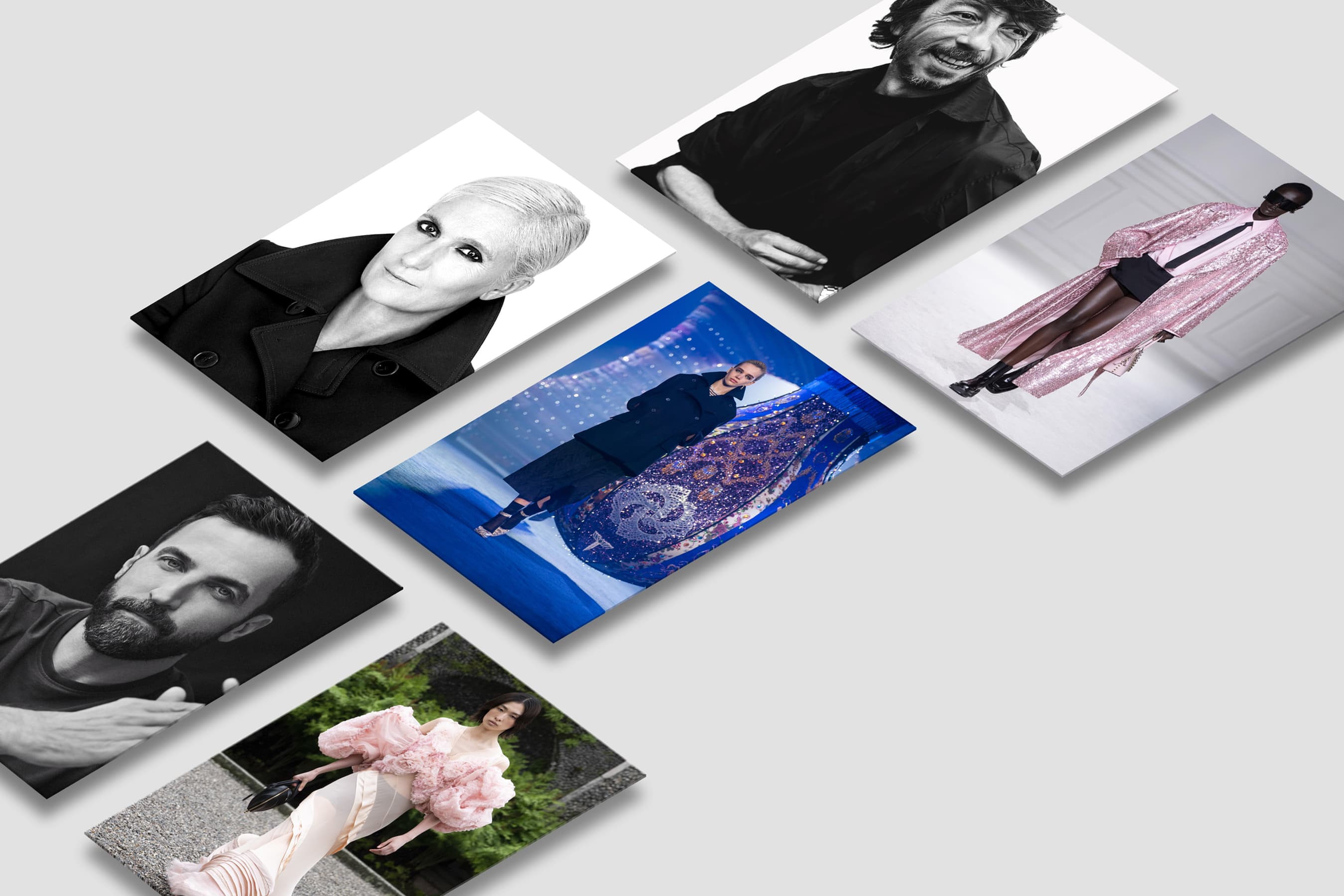By Lizzy Bowring
In the past six months, the fashion world has been abuzz with unexpected appointments of Creative Directors at leading fashion houses. Even more surprising is the short span of a single season that new appointees are granted to prove their worth or potential. This whirlwind of transitions prompts a fundamental question: what constitutes an exceptional Creative Director? Can a single individual embody all the anticipated traits and fulfill the demands of a prestigious fashion house? The Impression delves into dissecting what separates the remarkable from the rest and reveals what makes a successful fit in this pivotal role.
2022 was a whirlwind of industry-altering events. Ferragamo announced Maximillian Davis as the new Creative Director, Estée Lauder acquired the Tom Ford empire, and Balenciaga faced backlash over controversial ad campaigns. Amid this, Gucci parted ways with Alessandro Michele, while the fashion world keenly awaited Daniel Lee’s debut collection for Burberry and the announcement of Virgil Abloh’s successor at Louis Vuitton.
The pace continued into 2023 with significant changes. Gucci appointed Sabato De Sarno, the former fashion director at Valentino, as the new Creative Director, while LVMH entrusted Pharrell Williams with the reins of Louis Vuitton menswear. Jeremy Scott announced his departure from Moschino after a decade, and Gabriele Hearst, responsible for a 60 percent leap in revenues, resigned from Chloe, with S/S 24 being her final collection. Anne Demeulemeester saw a quick exit from De Saint Sernin. Additionally, Michelle Ochs was appointed the new Creative Director for Herve Leger. And the list goes on.
The eventual impacts of these seismic shifts are yet to emerge fully. However, it offers intriguing insights into the dynamics of the fashion world and the complex role of a Creative Director. Nothing is ever that simple. Leading a Brand’s creative vision is far from a mere walk in the park!
Index
- Being a Creative Disruptor: Shaking Up the Status Quo while Honoring a Brand’s DNA.
- Innovation and Originality: The Creative Art of Pushing Boundaries
- Decoding the Creative Director’s Role: Insights from an Industry Perspective.
- Understanding the Market and the Audience: Balancing Hype and Substance in a Fast-Paced, Trend-Driven Fashion Landscape.
- Empathetic Communication and Leadership Skills: Nurturing a Creative Team and Ensuring Brand Health
- Key Takeaways
Being a Creative Disruptor: Shaking Up the Status Quo while Honoring a Brand’s DNA.
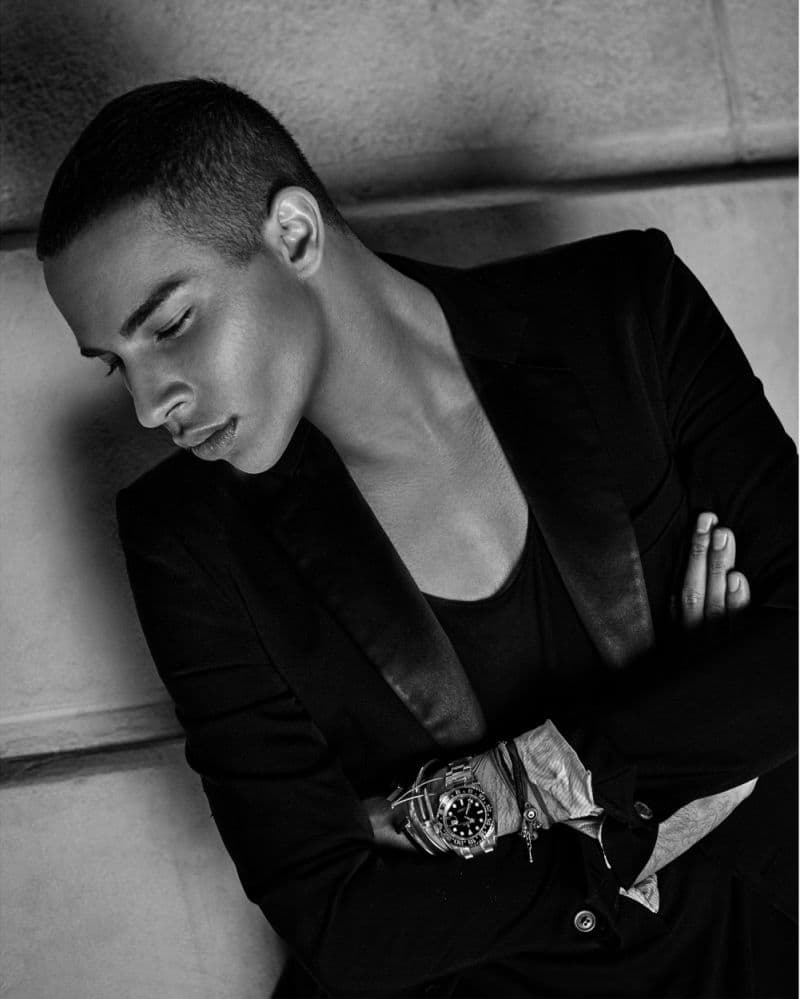
Molding a brand’s creative vision requires more than just understanding and embodying its DNA; a Creative Director’s role must also encompass a disruptive spirit. Their role is paramount in shaping a brand’s creative vision, leading design teams, and making decisive choices that impact the Brand’s persona. As such, thoroughly comprehending the Brand’s DNA, history, values, and philosophy is a decisive factor in steering its future. The creative industry thrives on the sparks of disruption, so they must also be a disruptor, bringing a new voice yet always keeping an eye on the Brand’s aesthetic. The role also requires a Creative Director to transcend traditional design duties, encapsulating the conception and execution of a brand’s holistic vision, spanning advertising campaigns, store design, social media strategy, and brand collaborations. Balmain’s Creative Director, Olivier Rousteing, personifies this evolution, designing collections, disrupting expectations, and crafting a vision that resonates with customers across social media platforms.


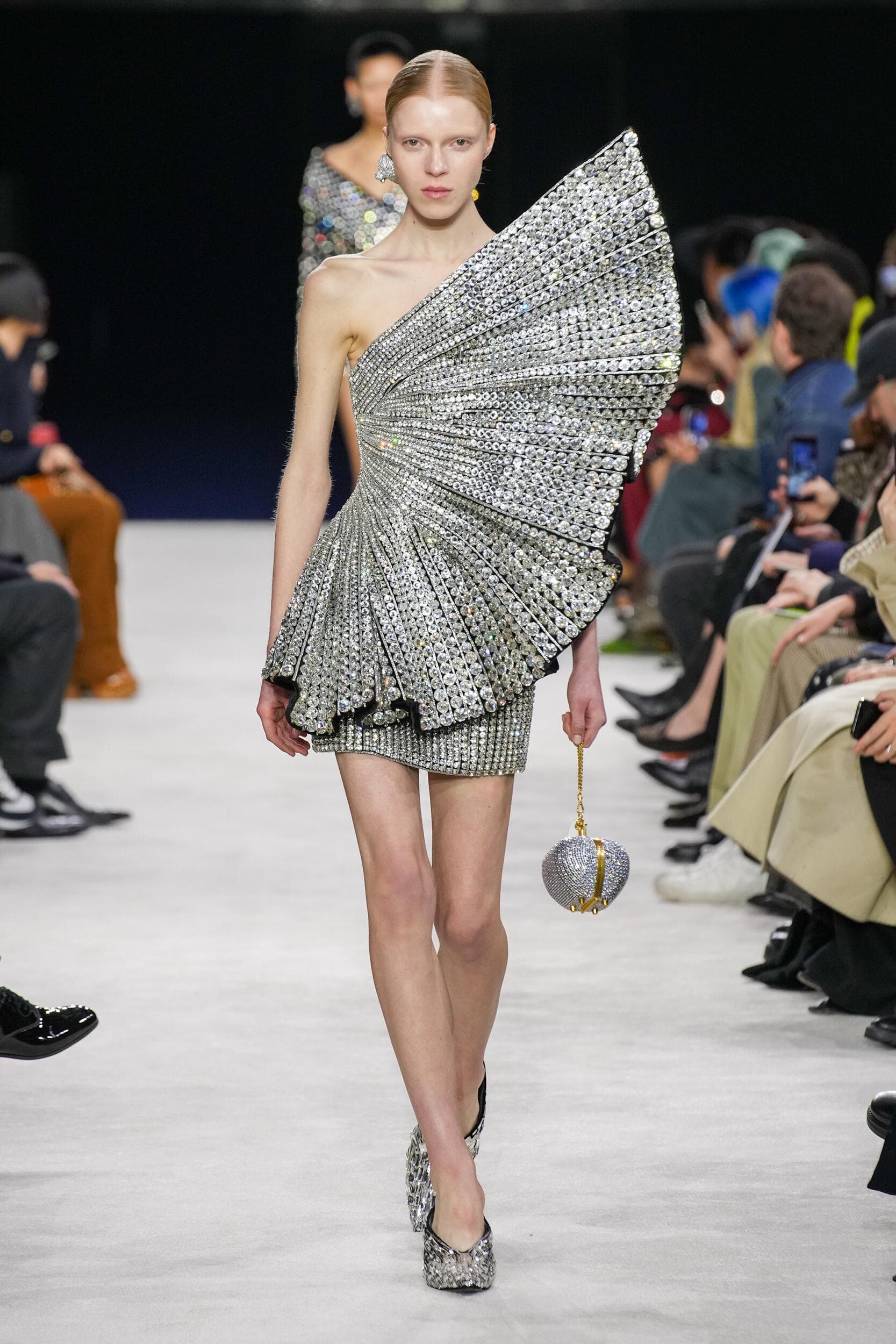

Nicolas Ghesquière, at Louis Vuitton since 2013, demonstrates how combining pushing boundaries and the comprehension of a Brand’s DNA leads to success. By immersing himself in the Brand’s archives and gaining a deep understanding of its history and iconic monogram, Ghesquière could innovate without compromising the Brand’s integrity. His introduction of new shapes, pioneering materials, and modern elements solidified Louis Vuitton’s vanguard position, contributing to a revenue surge of over 20 billion Euros in 2022.
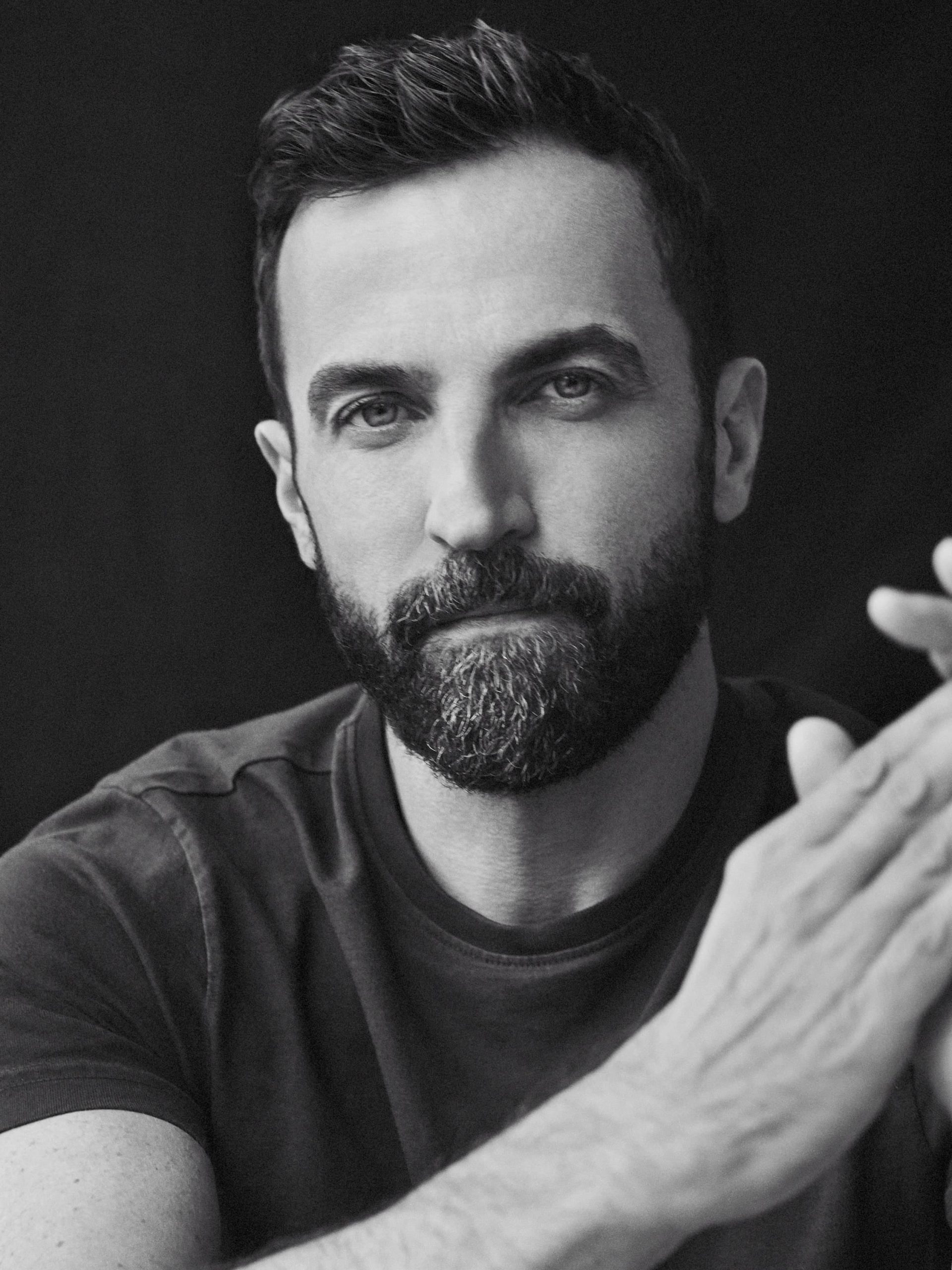
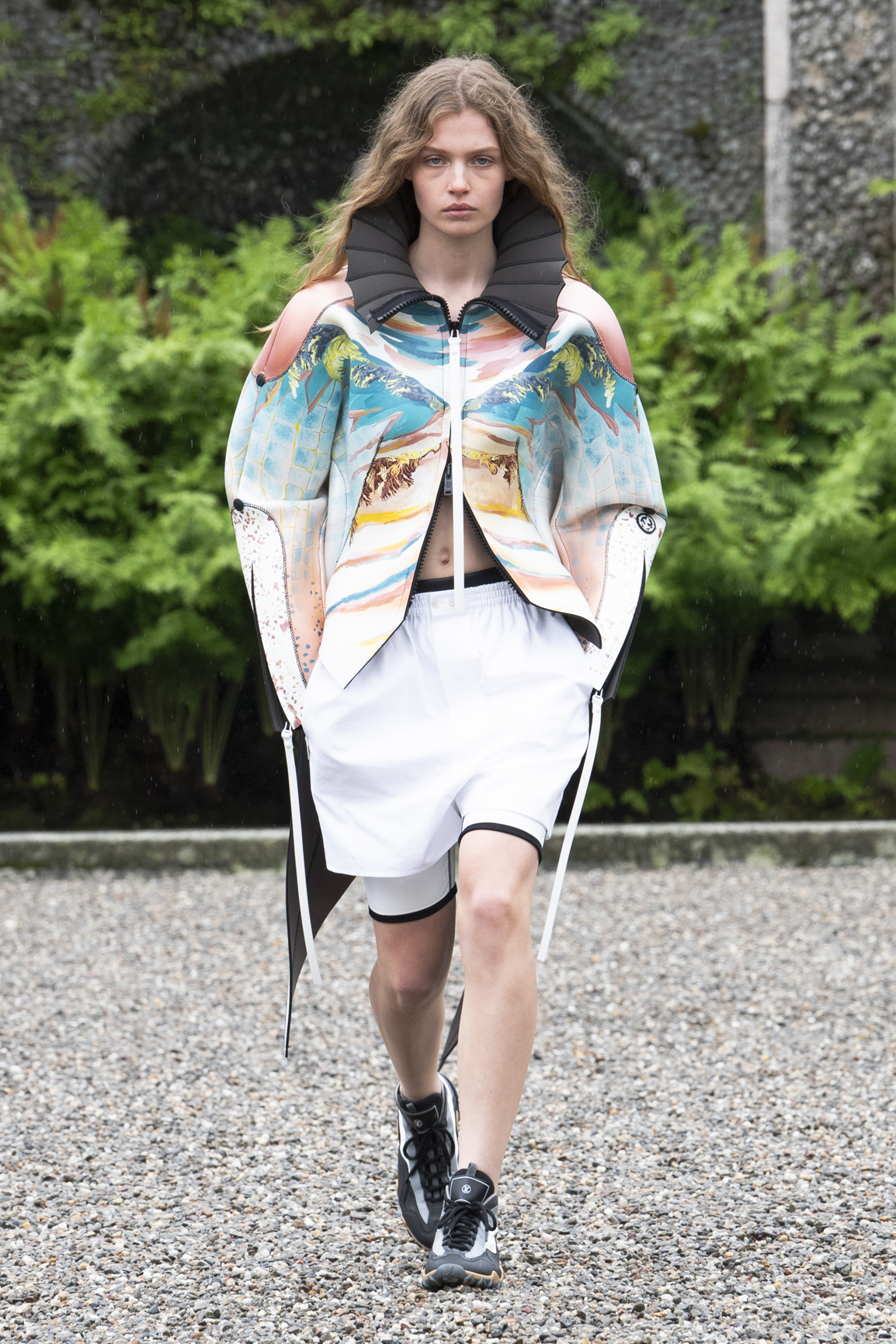
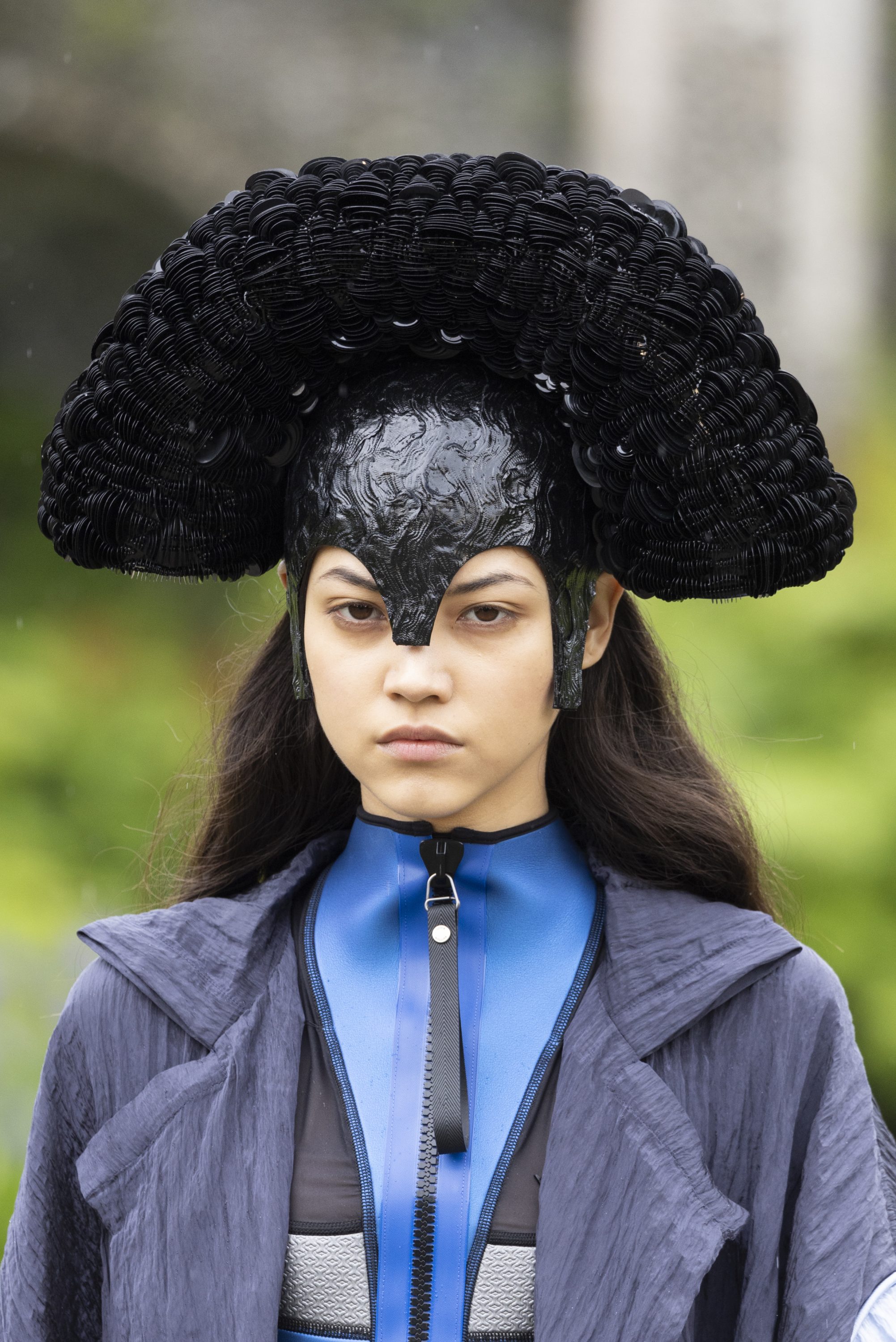
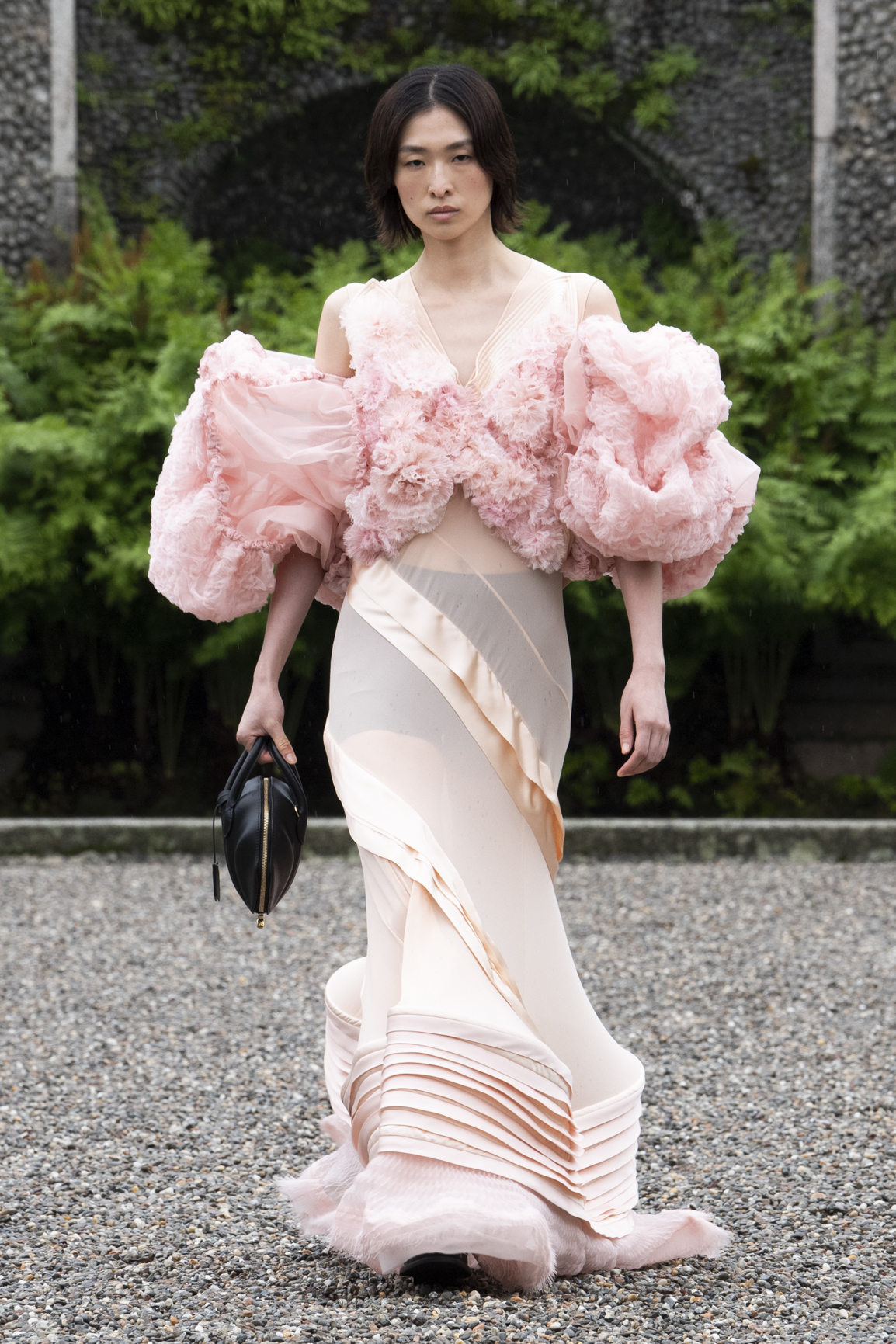
Understanding a Brand’s legacy is only half the battle won. Modern audiences demand an encapsulating interpretation. Alessandro Michele at Gucci exemplified this. He, too, was a disruptor, revitalizing the Brand by reinterpreting its archives in a modern, eclectic manner. His approach sparked a brand resurgence, resonating with new consumer generations and leading to an annual revenue increase of 7.8%, an operating income boost of 21.7%, and an 86% rise in first-quarter online sales.
Tom Ford, who put hot and sexy into Gucci, is a transformative figure in fashion. He is admired as much for his successes in Film as he is for championing critical changes in the industry and, more importantly, being renowned for defining the role of a creative director, making him one of the first individuals to embrace this multifaceted position. His culturally informed approach added depth to his designs, significantly impacting the industry and his audience.
Driven by natural curiosity, Creative Directors constantly seek inspiration and are not afraid to disrupt the status quo in their pursuit of visionary innovation. But they also understand the market and cultural shifts, charting a course that aligns with these changes while also understanding the importance of flexibility and adaptability, ensuring the Brand is relevant and prosperous.
Innovation and Originality: The Creative Art of Pushing Boundaries
While maintaining focus on the Brand’s demographic and being a bankable commodity, a Creative Director’s role is to act as the catalyst to drive innovation and originality. A primary responsibility of a creative director is to infuse the Brand with exciting perspectives, ensuring its relevance, allure, and competitiveness; this entails investing originality into every collection, pushing creative boundaries, and consistently captivating the consumer who yearns for something new each season.
Daniel Roseberry’s work at Schiaparelli exemplifies this approach. A true aesthete, Roseberry pushes the boundaries of creativity, revitalizing key elements and symbolic motifs fundamental to the Maison. He honors founder Elsa Schiaparelli’s affinity for Surrealism while enriching the Brand’s aesthetic lexicon with a new yet relevant visual language.
Similarly, Demna instigated a brand revolution through his distinctive, streetwear-inspired designs. Known for pushing fashion’s peripheries, Demna imbued the luxury brand with bold, subversive energy that differentiated it from competitors and attracted a new generation of consumers. However, adaptability and resilience remain paramount to handling inevitable challenges. Although a short-lived episode, Balenciaga exemplifies what happens when a team overlooks the house codes and aesthetics — leading to an internal and creative reset for the Brand and a domino effect contributing to a 4 percent drop in sales for a division of Kering.
Mathieu Blazy’s appointment at Bottega Veneta has been incremental. With his unapologetically progressive vision and unique hand of creative modernity, Blazy exceeded expectations and restored the Brand to its original aesthetic, adeptly bridging the fashion of the bourgeoisie with everyday style, resulting in a revenue increase of 6% YOY.



Take the example of Burberry’s dramatic resurgence under Christopher Bailey’s leadership. Bailey realized the importance of marrying innovative design with strategic business tactics. His focus on exclusivity and desirability in line with his creative vision successfully revived the historical Brand. This strategic approach propelled substantial sales growth, underlining the crucial combined role of business acumen and creativity.
These instances highlight the criticality of innovation and originality. However, they also emphasize the delicate equilibrium between preserving the Brand’s DNA and venturing into questionable territories. While disrupting the status quo can bring about exciting change, a creative director must ensure their vision aligns with the Brand’s ethics and appeals to its target audience. It’s a fine line that demands careful navigation.
Decoding the Creative Director’s Role: Insights from an Industry Perspective.
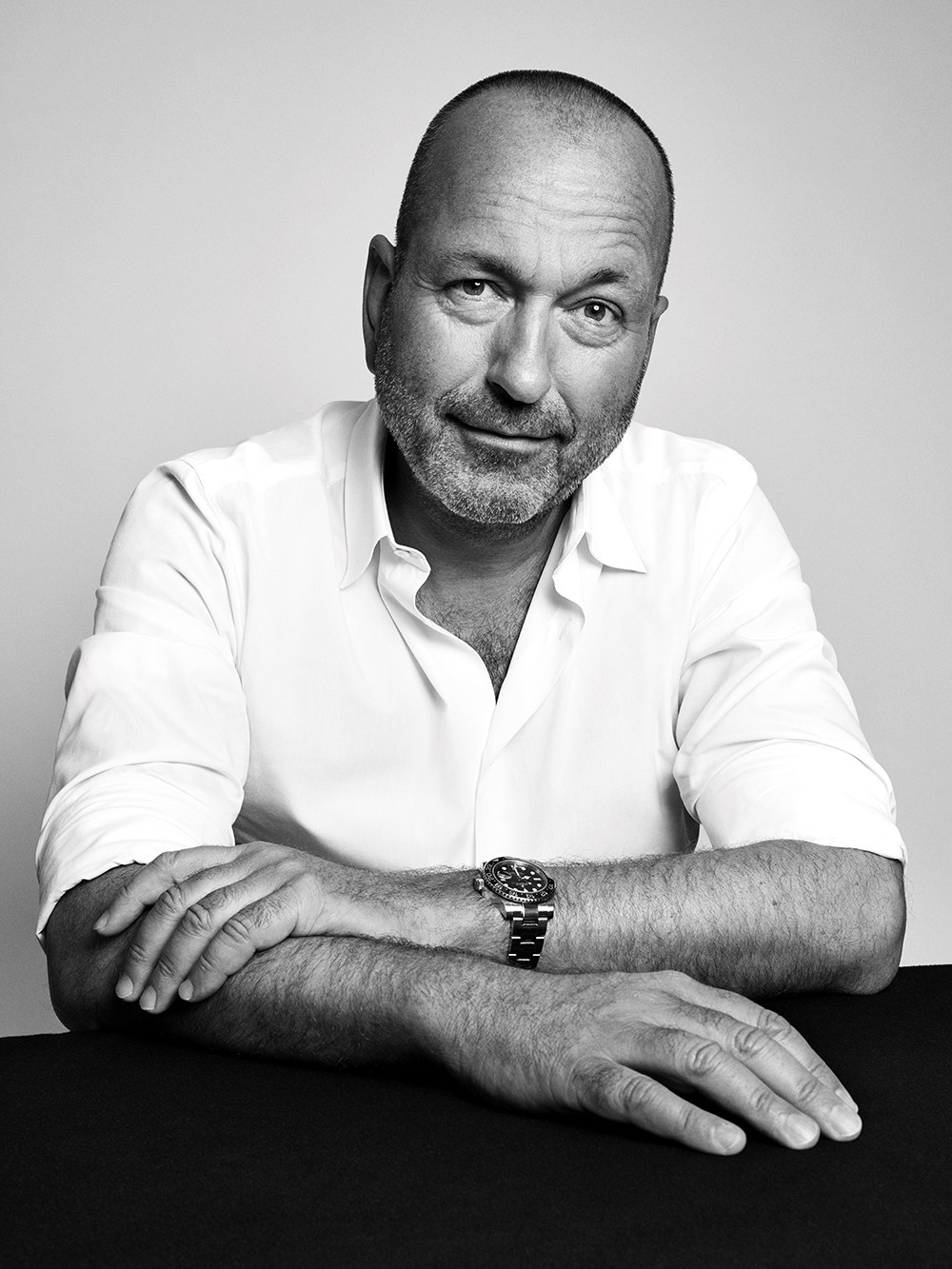
In a recent conversation with the Impression, Donald Schneider, the Creative Director known for understanding the Fashion arena like few others, unraveled his perspectives on what truly makes a great fit for this prestigious role. He shed light on his creative journey, particularly his groundbreaking collaboration between H&M and Karl Lagerfeld that sparked the collaborative phenomenon now central to Fashion Marketing, hosting several brands to his credit, including brands such as Chloé, Boss, Highsnobiety, About You, Pandora, and Zalando.
According to Schneider, creativity is the lifeblood of the role, regardless of whether you’re navigating the world of fashion or art. “The H&M project was a thrilling venture,” he revealed, “especially when we managed to blend the language and codes of high fashion with that of H&M, to create a new narrative. But it wouldn’t have been possible without genuine creativity.”
The new-age Creative Director must embrace the intricate artistic nuances of the present era. Today’s media landscape is ever-evolving, with influencers, social media, and Film becoming increasingly significant. Schneider emphasizes that a Creative Director’s mission is to breathe life into the Brand’s story and weave it across these new arenas. With creativity, in any field you are in, fashion or art, it will work.
For Schneider, Phoebe Philo demonstrates the qualities of an effective Creative Director. He recounted one of her responses to a journalist asking whether she had been into the Brand’s archives: “I am visiting the Celine brand, I may be here for one year or 20 years, but either way, I want to do it my way.” Schneider argues that the real Creative leaders do it their way, finding new audiences and propelling the Brand into the future – much like Hedi Slimane, Demna, Virgil, Alessandro Michele, and Karl Lagerfeld.
While understanding a brand’s DNA is crucial, a successful Creative Director won’t obsess over the past. They must surprise and rejuvenate, constantly pushing the Brand forward. Schneider pointed out that “CEOs hiring Creative Directors for social reasons rather than true creative vision are looking at it for the wrong reasons. Brands like Gucci took a risk and believed in the vision of their Creative Director. They took a significant risk in hiring Alessandro Michele, a virtual unknown, but believed in him enough to let him create his vision; creativity is thinking out of the box, letting the Creative Director unleash his creativity, and now he has turned out to be one of the biggest names in the last ten years. What I like about creativity is to go for something other than the obvious, not what everyone expects; going safe is not creative. You might as well go to AI!”.
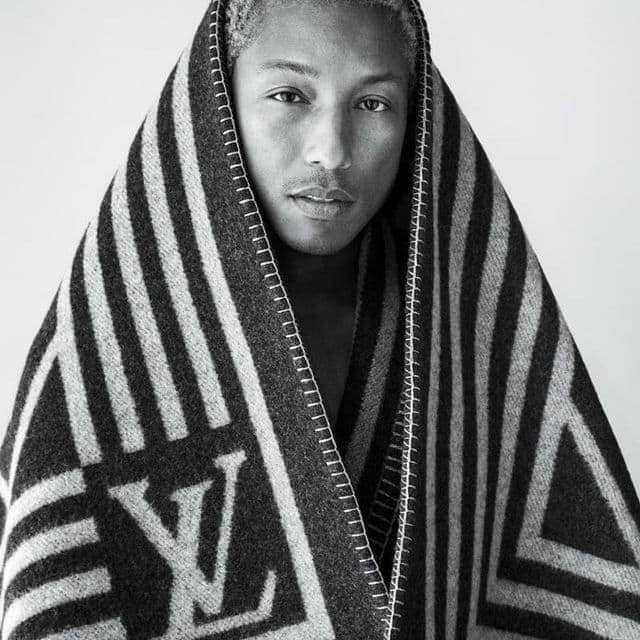
Schneider also mentions that at Louis Vuitton, the appointment of the late Virgil Abloh raised several eyes, but he went on to prove them wrong. Known for his profound grasp of street culture, the Millennial, and Gen Z market, his designs resonated with younger audiences by seamlessly integrating pop culture, streetwear, and high fashion elements, sparking a significant cultural shift. And now we have a multi-hyphenate, Pharrell Williams, at the helm of Vuitton menswear. Look how dynamics and expectations evolve!
However, he notes that not all Creative Director appointments have been successful and lamented the lack of loyalty if immediate success isn’t achieved, adding to Creative Directors’ mounting pressure to deliver. Riccardo Tisci is one of the most influential designers in the fashion industry, having left his indelible mark from Givenchy to Burberry. Known for his relentless pursuit of innovation while advocating for creativity and diversity, he ensured continuous evolution and progress. What really happened at Burberry?
Despite the challenges, Donald Schneider admires how individuals like Pierpaolo at Valentino take it all, balancing creativity, leadership, and communication – key traits only some possess. In Schneider’s eyes, “the journey of a Creative Director is complex and intricate, yet fascinating, as they steer a brand’s future through an ever-shifting landscape.”
Understanding the Market and the Audience: Balancing Hype and Substance in a Fast-Paced, Trend-Driven Fashion Landscape.
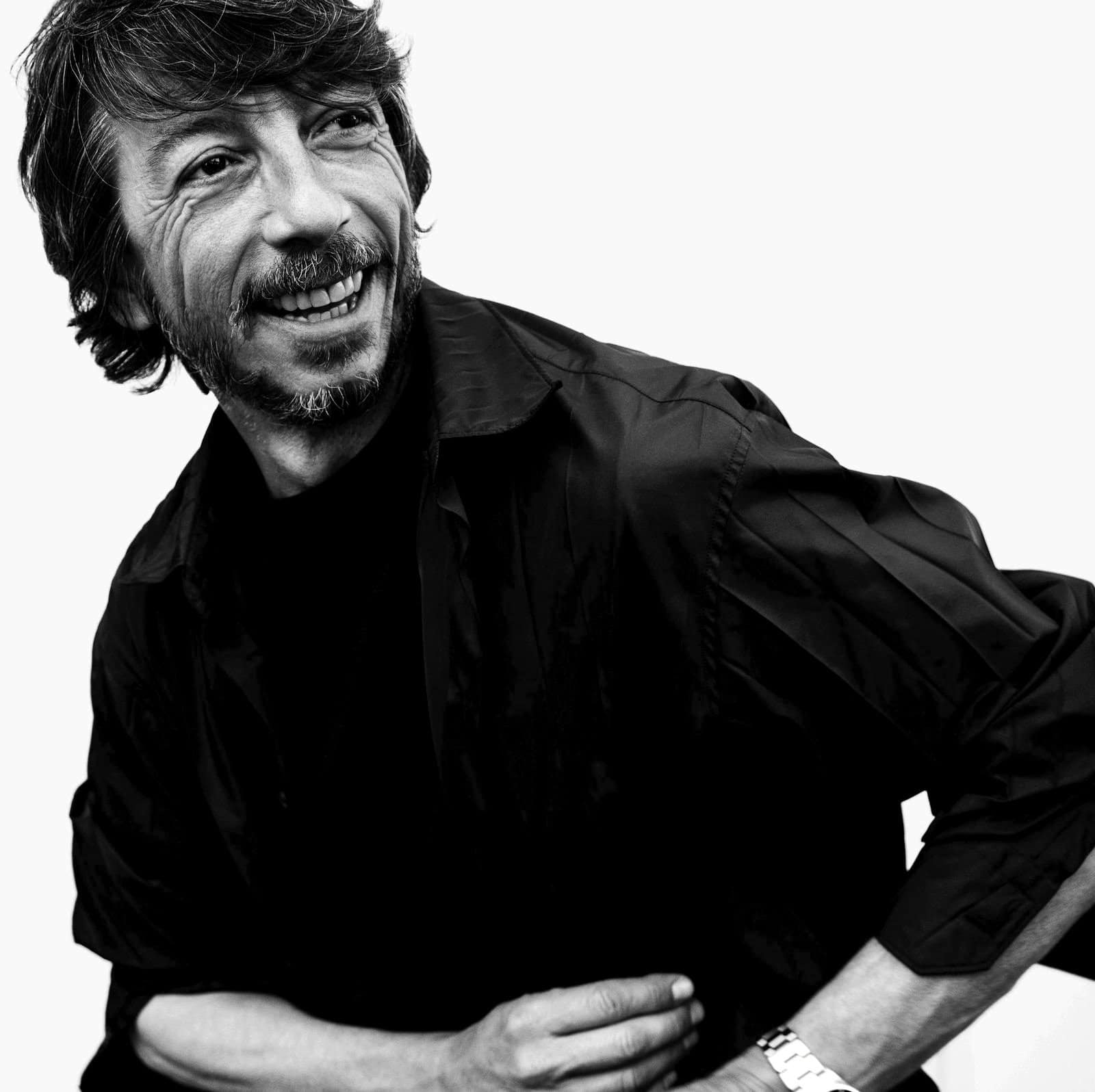
The digital era has transformed the fashion industry, expanding its influence and reach yet necessitating stealth management. Successfully navigating the zeitgeist while exploiting social media platforms for increased visibility and engagement is tricky. A Creative Director and their team must deftly utilize influencers and social media, preserving the Brand’s unique voice. Valentino’s Pierpaolo Piccioli exemplifies this delicate balance. His acute understanding of the memes of our time and his blend of high fashion and digital savviness positioned the Brand at the intersection of tradition and modernity, ensuring Valentino’s relevance and resonance with today’s audience. Beyond fashion, Piccioli’s expertise extends to the digital zeitgeist, cultivating engagement and conversations that make Valentino integral to contemporary social discourse. This prowess is evident in aligning with influential celebrities like K-pop’s SUGA from BTS, Valentino’s latest brand ambassador, chosen for his authenticity and individuality—traits resonating with the Brand’s values.

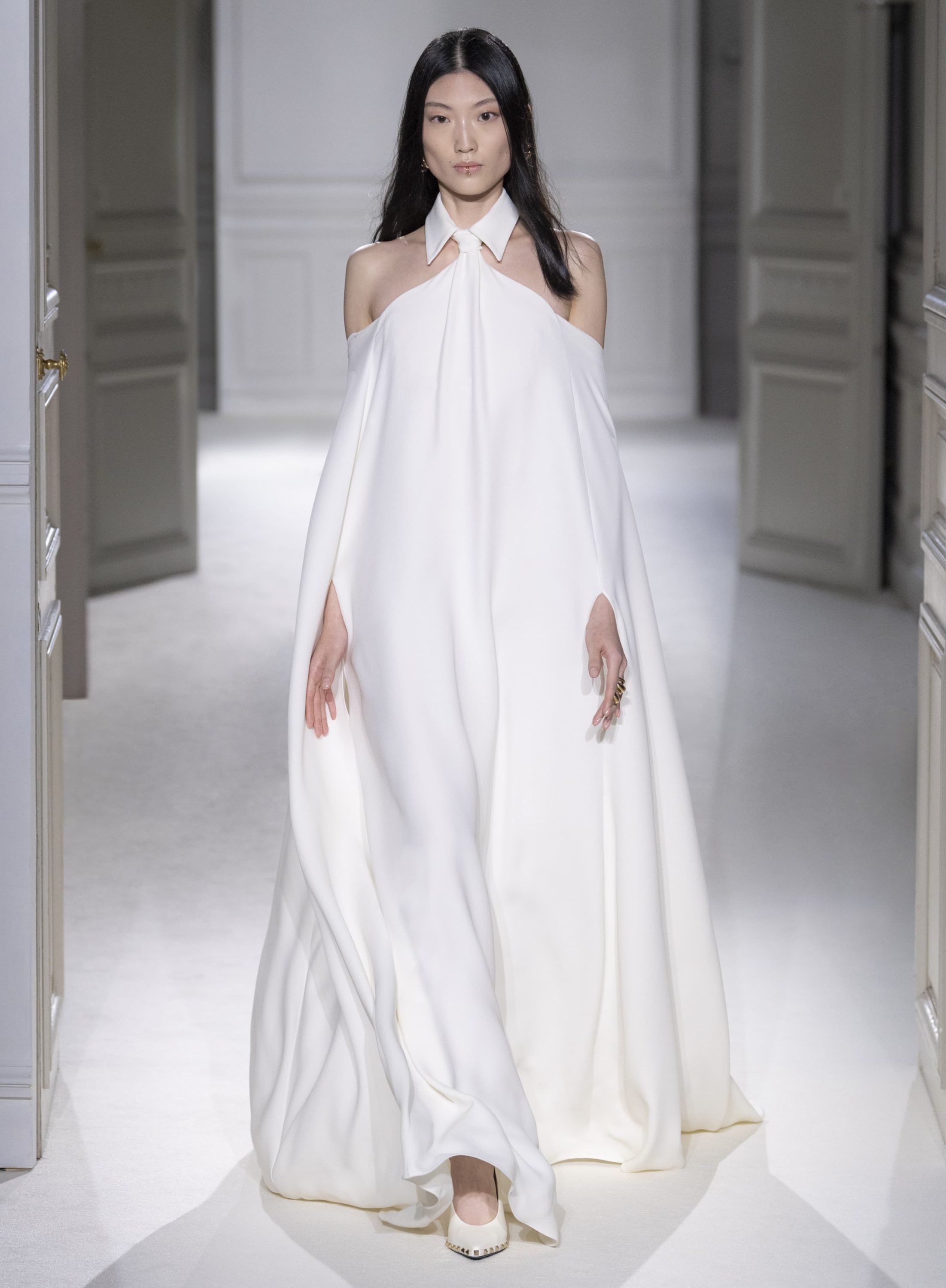

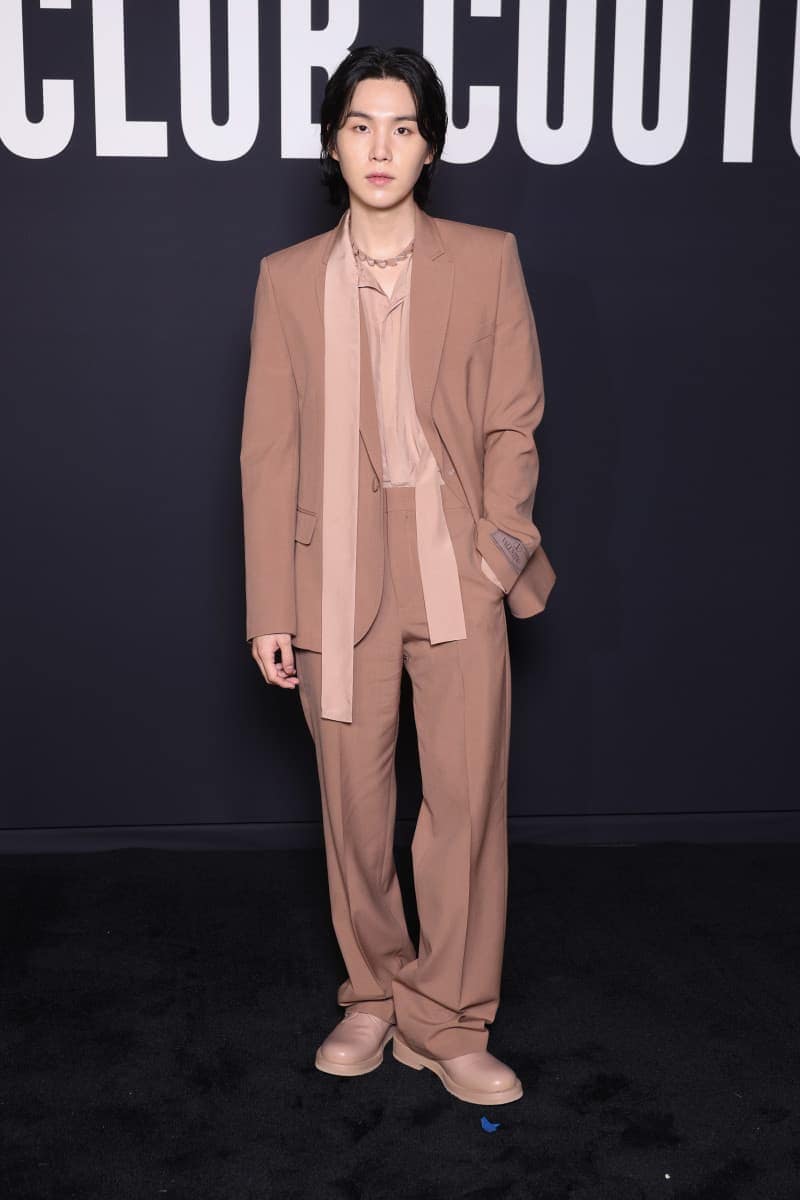
Similarly, Maria Grazia Chiuri, Dior’s first female Creative Director, has exhibited a keen sense of the zeitgeist. Championing feminism in her collections, Chiuri has tapped into global dialogues about gender equality and women’s rights. Her culturally relevant and commercially successful approach deeply understands Dior’s modern audience. “Dior remained the most successful luxury brand on the Chinese short video app Douyin. During the week from April 2 to 8, 2023, Dior scored the highest – 207,768 points – on Douyin’s brand index”.
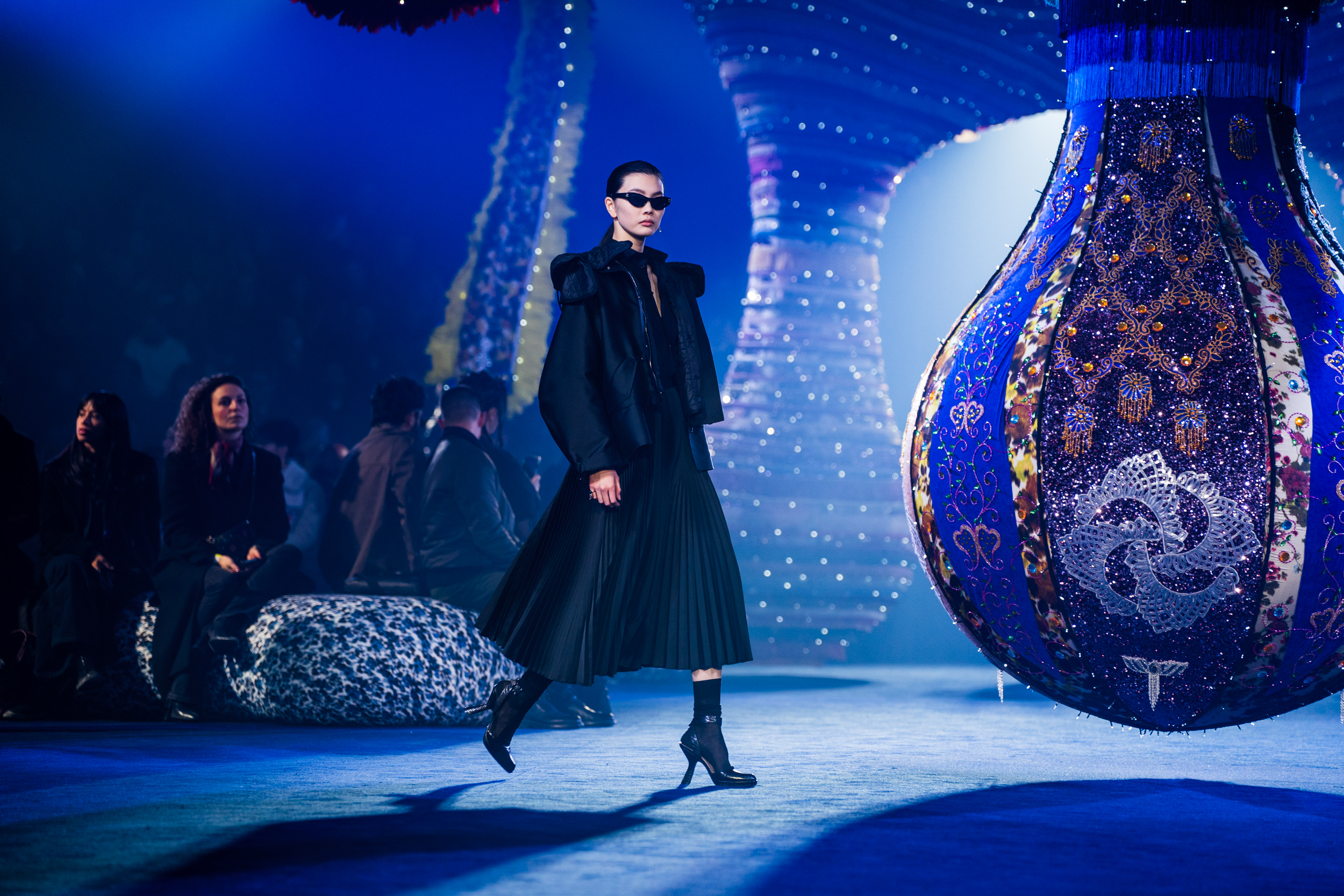
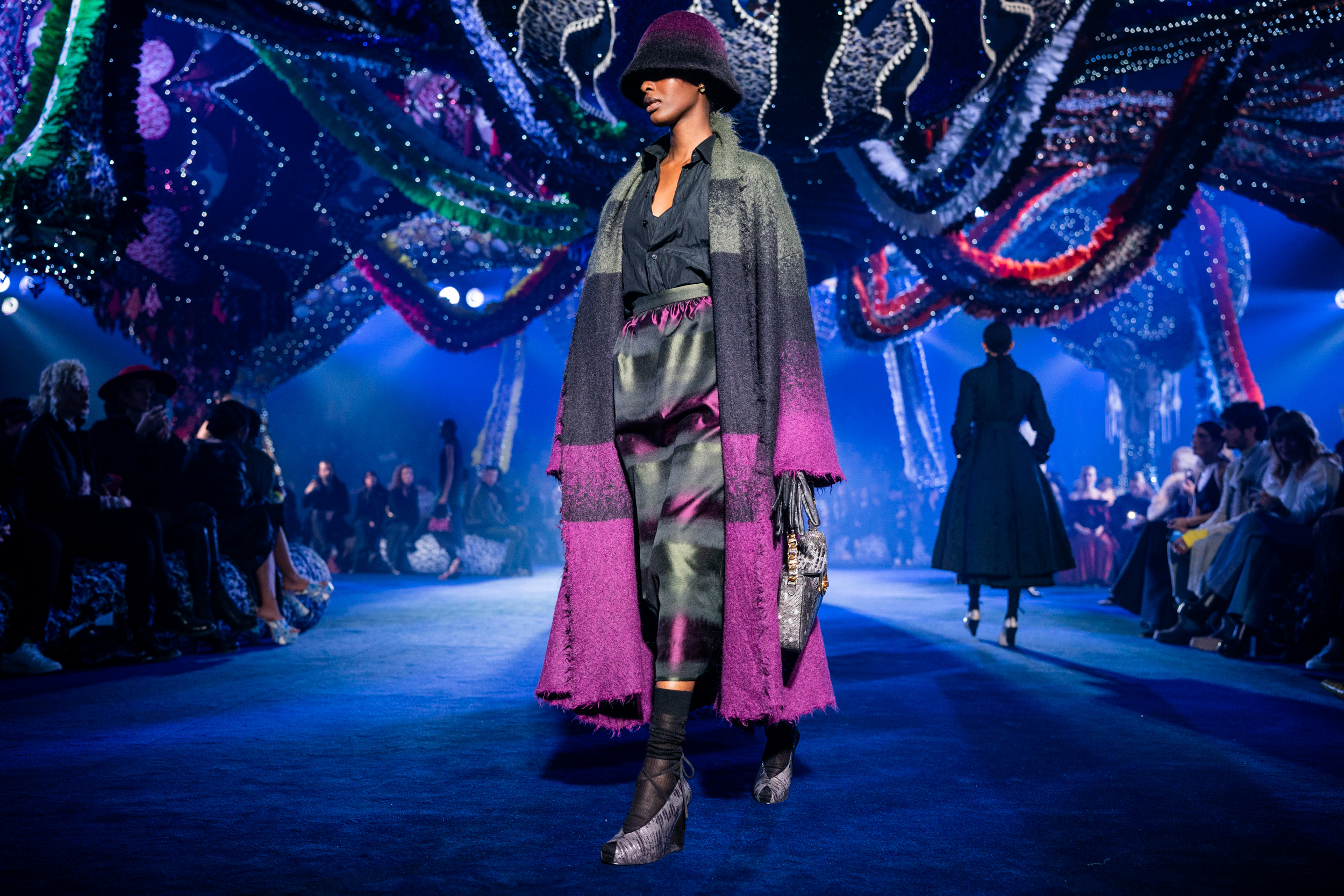
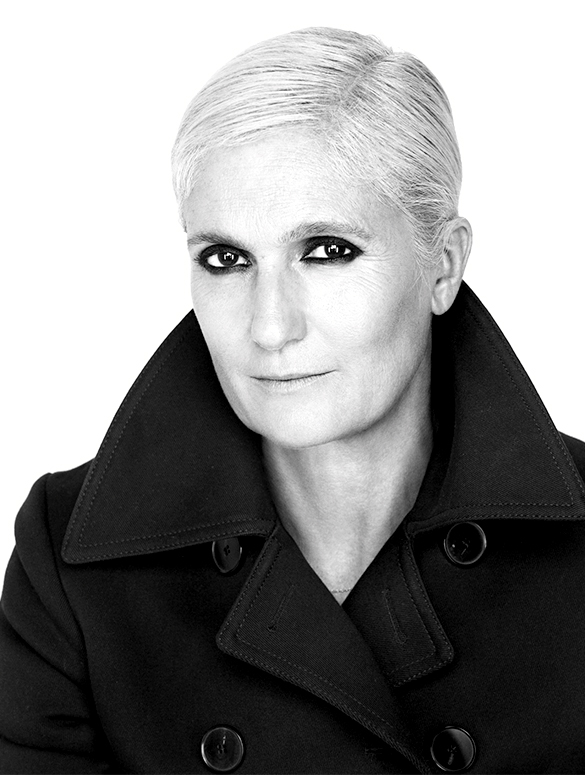

Beyond designing clothes, a Creative Director must curate a digital narrative compatible with the Brand’s persona and resonate with its target market. Discerning and interpreting the Brand’s audience’s desires, values, and lifestyle is essential in today’s social media-driven landscape, particularly ensuring the Brand’s DNA remains authentic while embracing innovation.
Understanding audience needs and leveraging social media platforms is critical. He/She must be an apt orchestrator of a harmonious symphony that combines elements of high fashion, pop culture, and digital savvy, creating a brand story that echoes in the hearts of the contemporary audience, and resonates in the constantly evolving social discourse. This delicate balance of artistry, understanding, and digital acumen forms the cornerstone of a successful brand in today’s fashion world.
Empathetic Communication and Leadership Skills: Nurturing a Creative Team and Ensuring Brand Health
Being a Creative Director isn’t just about forging a creative vision—it’s about articulating that vision in ways that resonate, inspire, and lead a diverse creative team while forming meaningful relationships with clients and stakeholders. Exceptional communication is the bridge between the Creative Director’s vision and its accurate realization, where clarity in articulation, precise feedback, and timely direction form the keystone.
However, communication isn’t a one-way street. Great Creative Directors understand the value of active listening and consider their team’s insights and concerns while honing strategic thinking. Yes, creativity is central, but successful Creative Directors are also strategists; understanding team dynamics, leading by example, and fostering cohesive work toward their vision will stir enthusiasm; seamless collaboration and effective communication are not just desired—they’re integral to success. Take the example of Burberry’s dramatic resurgence under Christopher Bailey’s leadership. Bailey realized the importance of marrying innovative design with collaborative and strategic business tactics. His focus on exclusivity and desirability in line with his creative vision successfully revived the historical Brand. This strategic approach propelled substantial sales growth, underlining the crucial role of business acumen in a creative director’s success.


The role of a Creative Director transcends artistic flair, requiring top-notch communication and leadership skills. Empathetic leaders tune into their team’s perspectives and challenges, creating a nurturing and inclusive work milieu, providing constructive feedback, setting the rhythm, and driving and empowering the team toward a collective vision – these are the hallmarks of effective leadership. A visionary leader dreams of and plans the future with sagacity and imagination, setting clear expectations and goals for the team because left in absence, it can trigger confusion and uncoordinated planning.
This skillset underscores that a Creative Director’s role isn’t only about talent—it also involves managing diverse personalities, promoting a culture that values creativity, inclusivity, diversity, and innovation, and ensuring harmonious collaboration towards the Brand’s aspirations.
Key Takeaways
Navigating the complex landscape of the fashion industry requires a Creative Director to maintain a delicate balance between heritage, innovation, and market trends. This intricate role also demands creative vision, strategic thinking, superior communication, and leadership skills. The role transcends mere artistic talent as it necessitates the individual to be in sync with the Brand’s DNA, understand and navigate fashion trends, introduce a sense of novelty and originality, manage commercial aspects, and foster an effective, inclusive team.
The appointment of a Creative Director should be a well-considered decision, not merely targeted at attracting a new demographic or capitalizing on the ‘cool’ factor. The ideal choice should be a creative leader who profoundly resonates with the Brand’s identity and values and is a disruptive visionary. However, the responsibility for this crucial decision lies heavily on the brand CEOs – talented Creative Directors can only truly shine when they have the support and are chosen based on the Brand’s targeted positioning. Brands must be willing to invest time and resources in these talents, allowing them sufficient duration to influence the Brand’s direction and growth.
Ultimately, finding the right Creative Director takes a lot of work. It requires strategic, creative, and operational decisions that, when consistently executed, can steer a brand toward cultural relevance, consumer appeal, and business success. This journey might be less thrilling in its narration, but it promises sustainable, long-term effectiveness.
